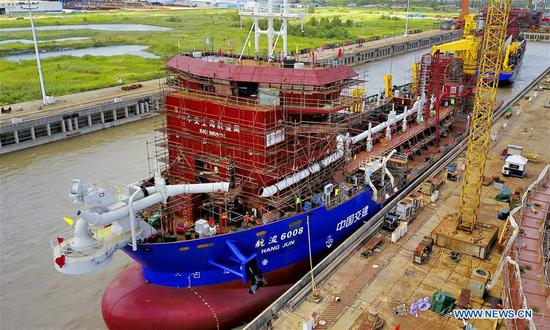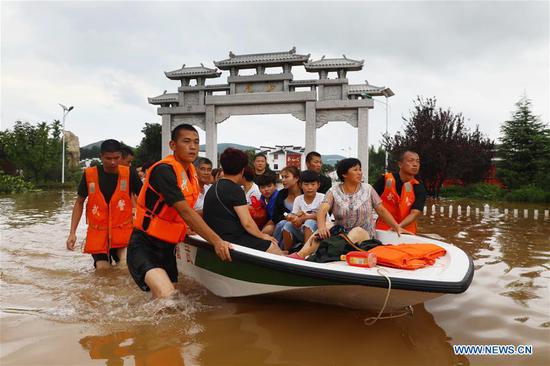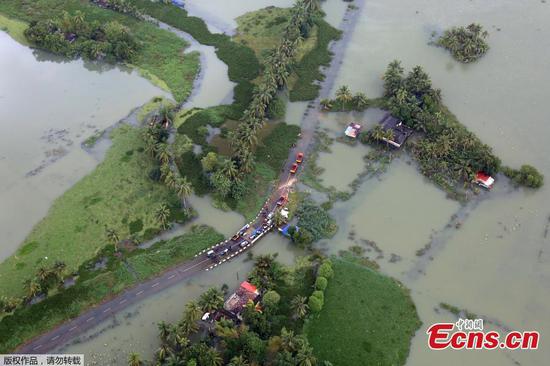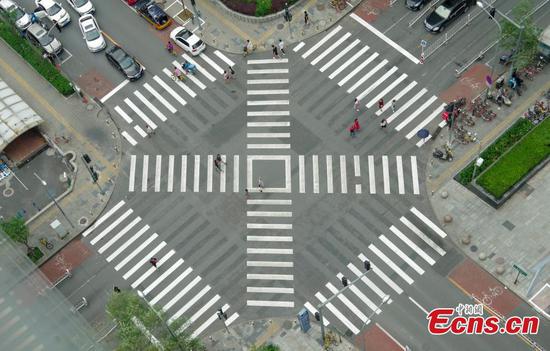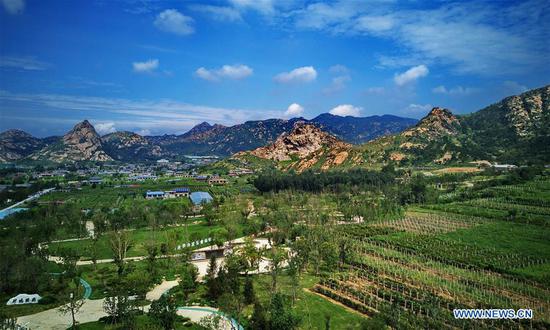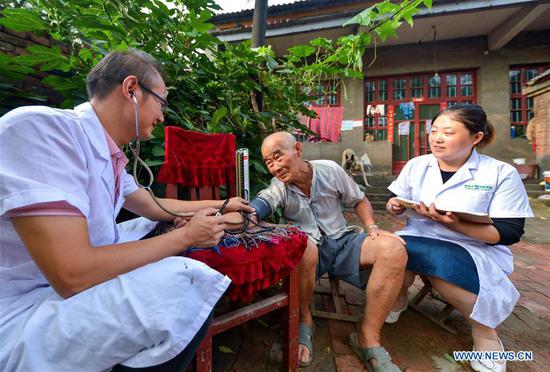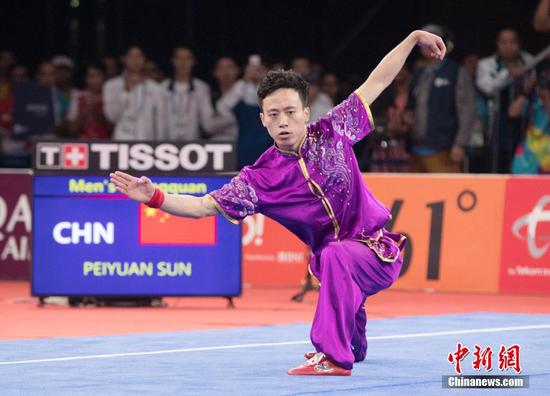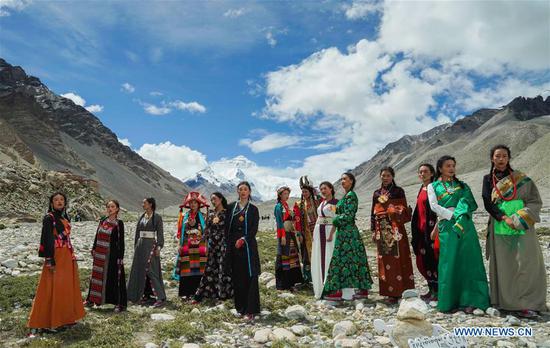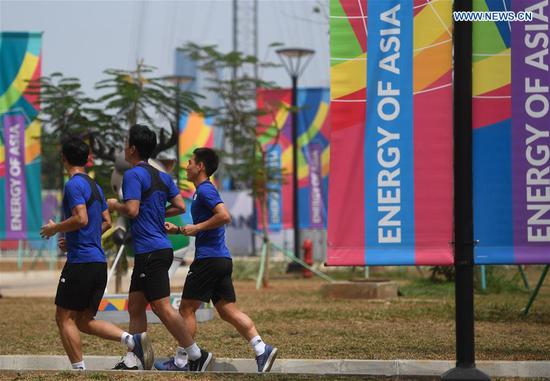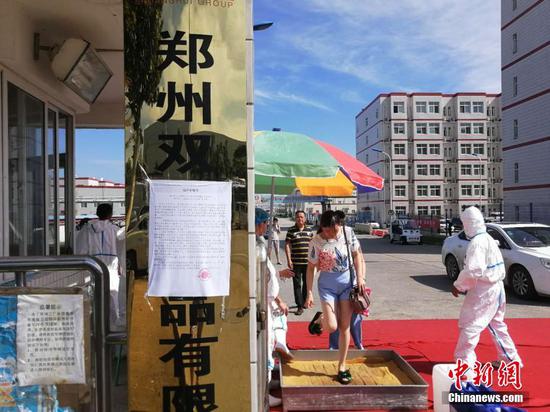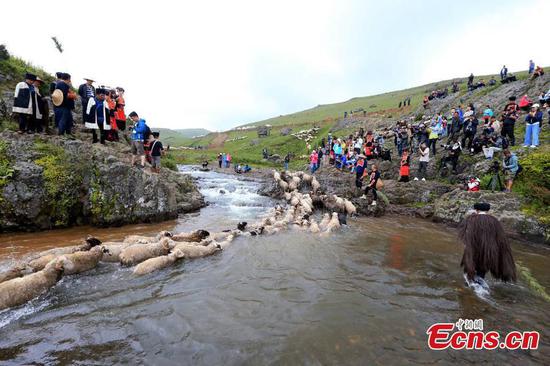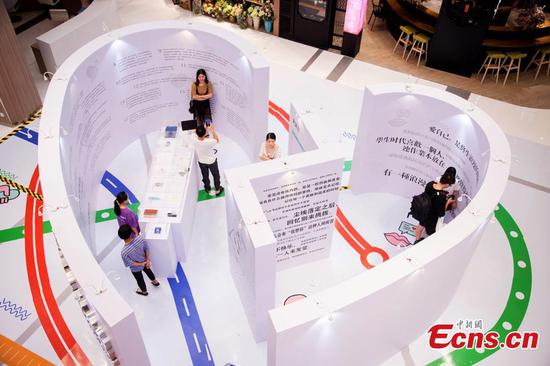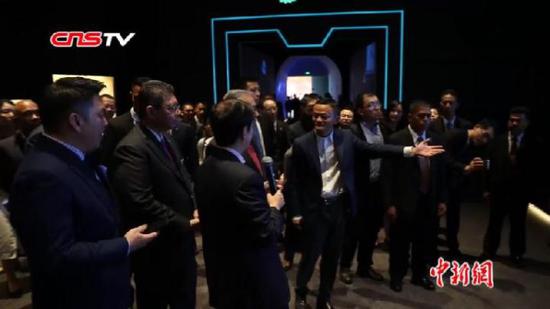China will adhere to the current criteria for determining the size of its poor population and enhance poverty relief policies to ensure extreme poverty is eliminated by 2020, a government official said on Monday.
The central government released a document in 2015 saying that in order for people to qualify for government assistance, they should meet five criteria or have an annual income under 2,300 yuan ($335), as set in 2010, and adjusted annually for purchasing power parity.
If their annual income exceeds this amount, but they still cannot afford either sufficient food and clothing, transporting their children to school for nine years of compulsory free education, basic housing or healthcare needs, they can still receive government aid.
Han Jun, deputy head of the Office of the Central Leading Group for Rural Affairs and vice-minister of agriculture and rural affairs, said on Monday that some local governments arbitrarily raise the poverty criteria to give the appearance that local economic conditions and salaries are more competitive than they actually are.
Altering conditions randomly is unfair for the nonpoor as more benefits will go to a growing group of newly declared poor, he noted.
"Such actions hurt local government credibility. Moreover, additional State benefits would also create welfare dependency for the poor, hurting their chances of being lifted out," Han said.
He was speaking at a news conference to interpret a guideline released late on Sunday addressing the battle plan against poverty between 2018 and 2020.
The guideline reiterates the country's goal of eliminating absolute poverty by the end of 2020.
Areas with greater levels of poverty, such as the Tibet autonomous region, mountainous Liangshan Yi autonomous prefecture in Sichuan province and Nujiang Lisu autonomous prefecture in Yunnan province, will be areas of focus, it said.
Targeted poverty relief work is stressed in the guideline with emphasis on fostering distinctive industries, supporting employment, advancing relocation, ecological restoration and strengthening education.
The guideline also lists other poverty alleviation measures, including accelerating infrastructure construction in poor areas, increasing fiscal and financial support, social mobilization, and strengthening and improving Party leadership in poverty reduction.
Han said efforts will also be made to tap into the full potential of poor populations to help raise their living standards.
"Some regions provide classes to promote self-respect and self-reliance among the impoverished, and this could be emulated in other places," he said.
For the able-bodied poor, handing out money and household items - which fosters dependence - should be avoided, and new skill training should be promoted to boost job prospects, he said.
Those who fail to take care of their aging parents, or have falsely claimed poverty status to receive financial assistance, will be placed on a blacklist and face due punishment, he added.
The past five years have seen China's impoverished population - more than 98 million at the end of 2012 - reduced by two-thirds, the best performance in the country's poverty-reduction history.
But the work ahead remains arduous, with many of the remaining impoverished being ill, elderly or disabled.











